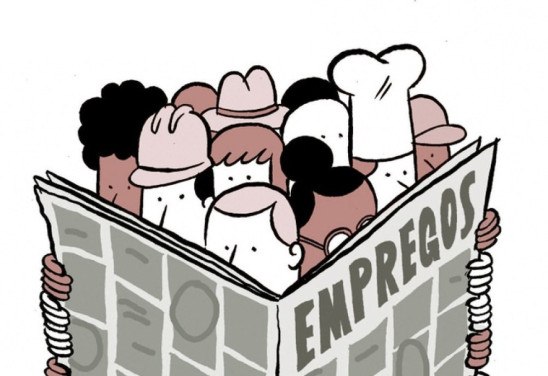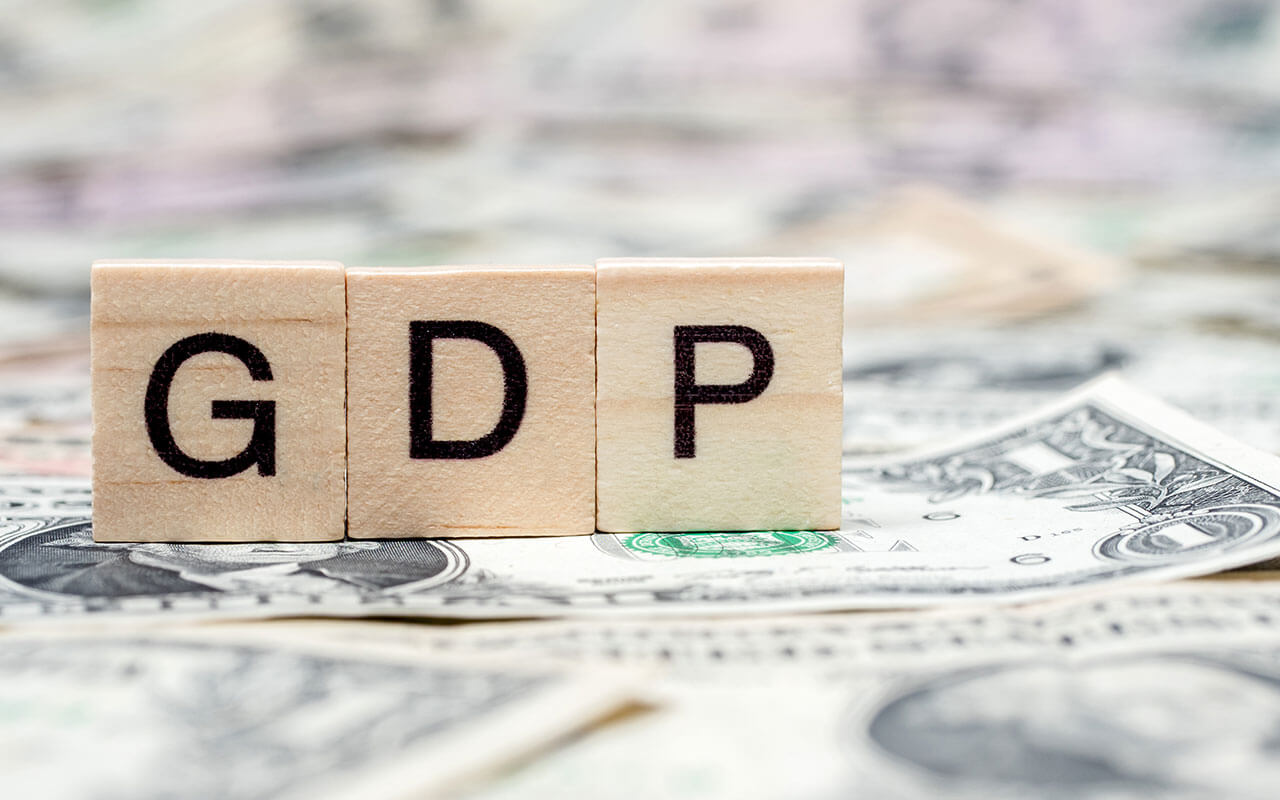If a politician is named for Treasury, even a pragmatic one, there may be an adjustment in assets, CIO at WHG says
11/07/2022 9:37PM Updated 16 hours ago
/i.s3.glbimg.com/v1/AUTH_37554604729d4b2f9f3eb9ad8a691345/internal_photos/bs/2022/9/p/bCE1zzRCuWQXBoRn7QKQ/lr210714-whg028.jpg)
Andrew Reider — Foto: Leonardo Rodrigues/Divulgação
The nomination of a pro-market Finance Minister in the next Luiz Inácio Lula da Silva’s administration, such as Arminio Fraga, Pérsio Arida, or, especially, Henrique Meirelles, is becoming a growing expectation in the market, and anything different from that may be enough to put pressure on Brazilian assets. The statement is from Andrew Reider, chief investment officer at Wealth High Governance (WHG).
In an interview with Valor, he said that investors have worked with three different scenarios about the profile of those who may occupy the ministry. The first is that of ideological politicians, and the second is of more pragmatic politicians, such as senator-elect Wellington Dias (Workers’ Party, PT, of Piauí), governor of Bahia Rui Costa (PT, of Bahia), and former minister Alexandre Padilha; and the third of names closer to the market.
“It seems that the chance of being an ideological politician is migrating to zero. The pragmatic politician was the consensus until a few weeks ago, but the view that it could be someone from the pro-market group is growing,” he says. “During the [past] week this has increased with Henrique Meirelles appearing a lot since he participated in an event with Lula.”
Given this expectation, Mr. Reider says, if a minister from the group of pragmatic politicians is ultimately announced, Brazilian assets tend to fall. This fall tends to be moderate, but, for the executive, the intensity may vary according to the team that will be in charge of the Treasury. “If they are several technicians, reproducing the first Lula government, it would be ok, but still a little worse than the dream the market embarked on in the last few days,” he says.
The executive recalls, however, that the global scenario also influences the performance of assets.
In case Mr. Meirelles — former Finance Minister and former president of the Central Bank — is chosen, the manager sees “the market will be a little more bullish, but not much.” In the case of an unlikely name, such as Fraga, former president of the Central Bank, Mr. Reider sees a chance for investors to get excited. “But you would have to see what the minister would say at the beginning, what would be the priorities,” he says.
According to the WHG executive, the choice of the Treasury is important for signaling what can be expected from the next government in the fiscal field. “There is talk of an increase in spending of R$100 billion to R$200 billion. A number above R$200 billion would be very frowned upon.”
While local investors are focused on the fiscal issue, foreign investors monitor inflation and when the Central Bank will have room to cut interest rates. “The two converge because if the fiscal is moderate and inflation falls, there is room to cut interest rates,” he says.
Investors abroad have already received a positive signal after the election. “The fear was that there would be something more disruptive,” he says. “In practice, I think what happened showed the strength of our institutions, with [Vice President Hamilton] Mourão and Tarcísio [de Freitas, governor-elect of São Paulo] recognizing the result immediately.”
According to the executive, foreigners see that there is a turn to the left in Latin America, with a risk of institutional rupture in some countries, but they saw that Brazil is different. “For them, this has value, although it was already expected by local investors,” he says.
Mr. Reider says Brazil was already an option for foreigners because of the several crises around the world, such as inflation and rising interest rates in the United States, lower growth in China, and the war in Ukraine. “Latin America ends up being good for a global allocator. And most countries in the region have had very anti-market elections and anti-market policies,” he says. “That leaves Brazil and maybe Mexico, which could benefit.”
*By Augusto Decker — São Paulo
Source: Valor International

/i.s3.glbimg.com/v1/AUTH_37554604729d4b2f9f3eb9ad8a691345/internal_photos/bs/2022/l/Y/onr41KQUKdzHreBcR0Og/04bra-100-balanco-a4-img01.jpg)
/i.s3.glbimg.com/v1/AUTH_37554604729d4b2f9f3eb9ad8a691345/internal_photos/bs/2022/A/P/UNCAS8QReHbl8yDhzF7w/19fin-100-inad-c3-img01.jpg)




/i.s3.glbimg.com/v1/AUTH_37554604729d4b2f9f3eb9ad8a691345/internal_photos/bs/2022/P/M/Qk05T9RlArifPR0jp7AA/claudio-considera-leo-pinheiro-valor.png)
